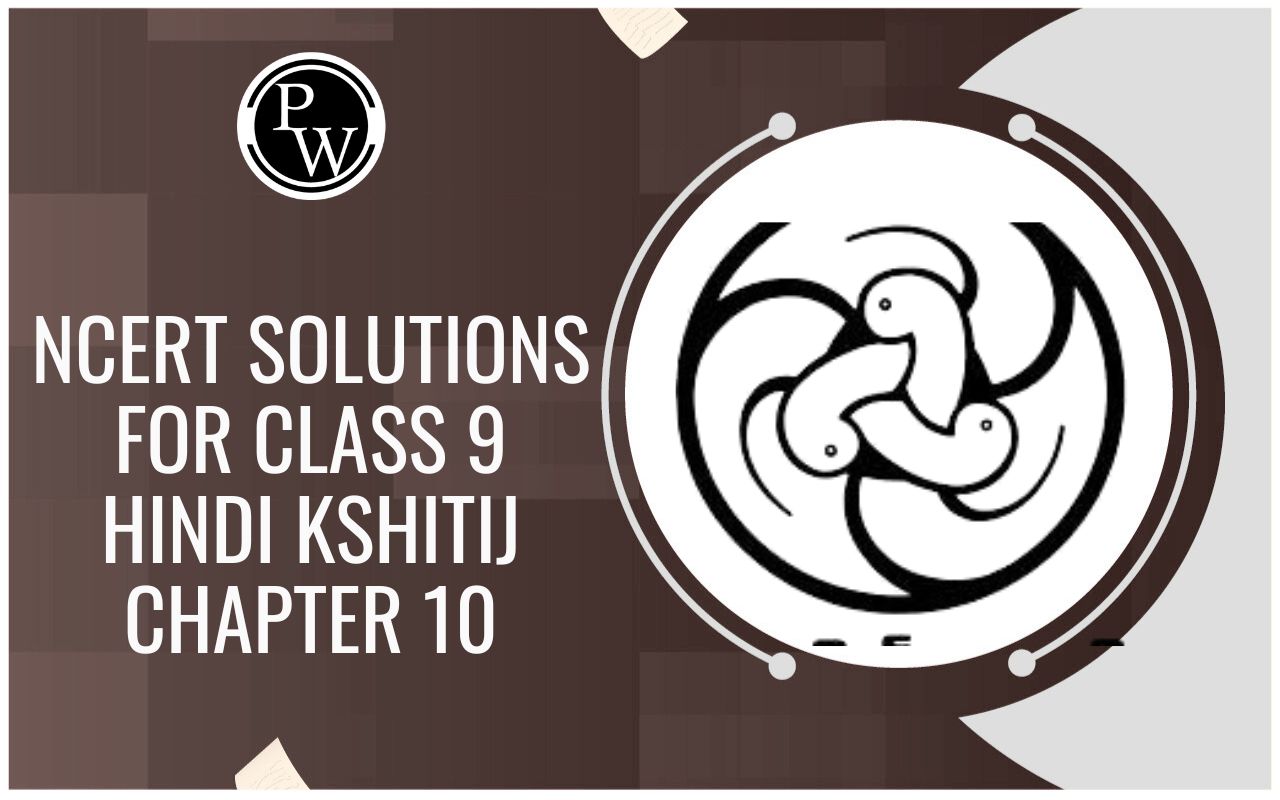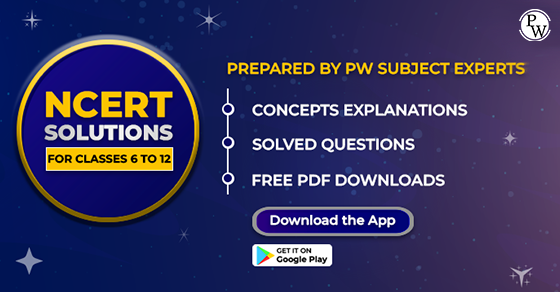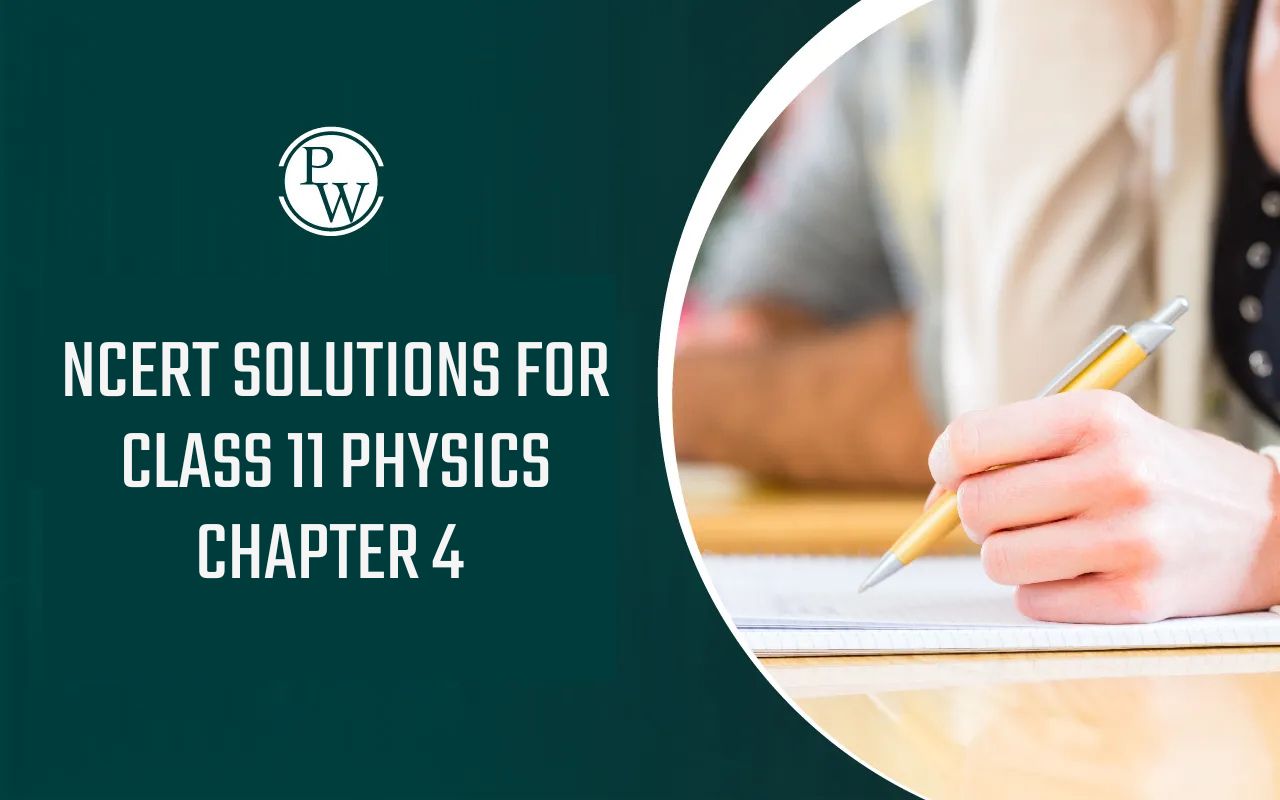
Respiratory System of Rat
Anatomy of Earthworm,Cockroach & Frog of Class 11
- Rat respire with the lungs only, located in thoracic cavity. Respiratory system includes the respiratory tract and respiratory organ (lungs)
- Nose is located at the tip of the snout and bear two large openings — external nares or nostrils which appear connected with mouth due to ‘harelip’ cleft of upper lip.
- Nasal passage is partitioned into 2 nasal cavities by nasal septum and open internally by internal nares or choanae. Each nasal cavity consists of three parts — nasal chamber or vestibule, respiratory region and olfactory organ.
- Vestibular part has hair, sebaceous gland and sweat gland to filter incoming air. Respiratory part has scroll-like projections or conchae to increase surface area and is lined by respiratory epithelium.
- Olfactory region is lined by olfactory epithelium or schneiderian membrane for olfaction or sense of smell. Choanae open into pharynx which opens into the windpipe.
- Wind pipe is made up of anterior small chamber larynx or the voice box and a long, thin tube-like trachea behind. Trachea is supported by a series of C-shaped hyaline cartilage bands.
- Lungs are soft, elastic structures, each surrounded by its pleural cavity. Within the lung, bronchi undergo extensive branching and rebranching, ultimately resulting in formation of a large number of lobules or alveoli which form sponging mass.
- Normal inspiration in rat is brought about by contraction of diaphragm (becoming flat) and external intercostal muscles (pulling the ribs and sternum outwards and forwards). The chest expands, lungs get stretched and distention of alveoli occurs therefore, air is sucked into alveoli.
- The relaxation of same muscle move the chest to its normal position, moving the air out, causing expiration.
- Abdominal muscles and internal intercostal muscles are involved in forceful expiration.
- Blood is involved in the transport of gases. Oxygen is transported in the form of oxyhemoglobin in RBCs or dissolved in plasma (less than 2%).
- CO 2 is transported in the form of bicarbonates (70%), carbamino-Hb (23%) or dissolved in plasma (7%).
🔥 Trending Blogs
Talk to a counsellorHave doubts? Our support team will be happy to assist you!

Check out these Related Articles
Free Learning Resources
PW Books
Notes (Class 10-12)
PW Study Materials
Notes (Class 6-9)
Ncert Solutions
Govt Exams
Class 6th to 12th Online Courses
Govt Job Exams Courses
UPSC Coaching
Defence Exam Coaching
Gate Exam Coaching
Other Exams
Know about Physics Wallah
Physics Wallah is an Indian edtech platform that provides accessible & comprehensive learning experiences to students from Class 6th to postgraduate level. We also provide extensive NCERT solutions, sample paper, NEET, JEE Mains, BITSAT previous year papers & more such resources to students. Physics Wallah also caters to over 3.5 million registered students and over 78 lakh+ Youtube subscribers with 4.8 rating on its app.
We Stand Out because
We provide students with intensive courses with India’s qualified & experienced faculties & mentors. PW strives to make the learning experience comprehensive and accessible for students of all sections of society. We believe in empowering every single student who couldn't dream of a good career in engineering and medical field earlier.
Our Key Focus Areas
Physics Wallah's main focus is to make the learning experience as economical as possible for all students. With our affordable courses like Lakshya, Udaan and Arjuna and many others, we have been able to provide a platform for lakhs of aspirants. From providing Chemistry, Maths, Physics formula to giving e-books of eminent authors like RD Sharma, RS Aggarwal and Lakhmir Singh, PW focuses on every single student's need for preparation.
What Makes Us Different
Physics Wallah strives to develop a comprehensive pedagogical structure for students, where they get a state-of-the-art learning experience with study material and resources. Apart from catering students preparing for JEE Mains and NEET, PW also provides study material for each state board like Uttar Pradesh, Bihar, and others
Copyright © 2025 Physicswallah Limited All rights reserved.
Get App



